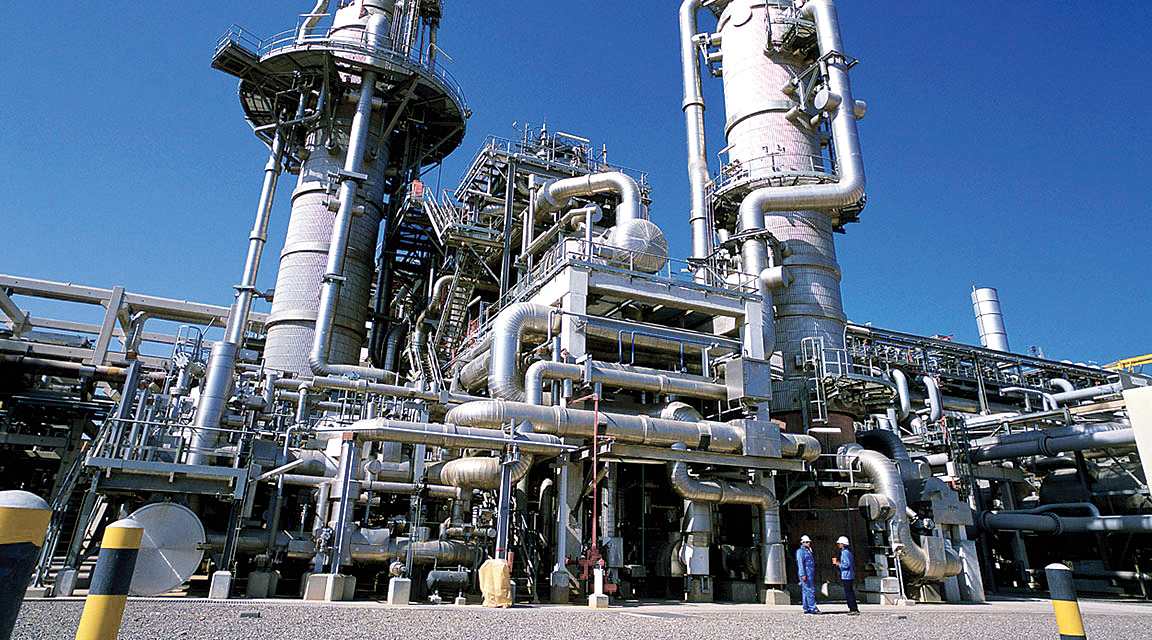

MUSCAT, JULY 15 - Oman LNG’s gas liquefaction plant at Qalhat is gearing up to operate at its optimum capacity for the first time in more than a decade, thanks to new natural gas volumes set to come on stream later this year from BP Oman’s prodigious Khazzan tight gas development in Block 61. Feed-gas supplied to the three-train complex will be ramped up to enable Oman LNG to operate the plant at its nameplate 10.4 million tonnes per annum (mtpa) capacity, according to a top official of the Ministry of Oil and Gas. [Oman LNG owns two of the three liquefaction trains, while the third train belongs to Qalhat LNG, although the integrated plant is operated and managed by Oman LNG.]
“Oman LNG and Qalhat LNG will be producing at capacity,” said Eng Salim bin Nasser al Aufy, Under-Secretary of the Ministry. “Also, as there will be more gas from BP Khazzan than what Oman LNG needs, we will probably request Petroleum Development Oman (PDO), [which currently supplies feed-gas to the plant] to lower their production for a short period of time,” the official added in comments to the Observer.
The confirmation will, no doubt, come as cheery news for Oman LNG, which has long held out the hope of receiving additional feed-gas necessary to operate at full capacity. For want of the required volumes of feed-gas, capacity utilization has averaged around 80 per cent for the past decade and more. This stems from a longstanding policy of the Omani government to prioritize gas supply to meet the growing demands of the electricity and related water sector, industry, petrochemicals and oilfield sector.
Part of the output from the Khazzan venture, projected at 500 million cubic metres per day from BP’s first gas processing train, has been earmarked for Oman LNG/ Qalhat LNG. These volumes will go a long way in plugging the deficit in feed-gas supply that left the LNG complex delivering only 8.5 mtpa of LNG in 2016 versus a nameplate capacity of 10.4 mtpa. A year earlier, LNG production slumped to 7.9 mtpa in 2015 in line with a trend that has seen plant capacity underutilized by an average of 20 per cent over the past decade.
Oman LNG posted revenues of $1.925 billion in 2016, down from $2.612 billion a year earlier, reflecting a protracted global downturn weighing down international gas markets. Net income after tax (NIAT) slumped to $566 million, down from $965 million in 2015, according to the majority Omani government-owned company. The decline, both in gross revenue and NIAT, follows a pattern that began in 2014 when international oil prices began a steep downward spiral.
From a high of $4.491 billion achieved in 2013 just before the crisis erupted, revenues ticked down to $4.075 billion a year later, slumping to $2.612 billion in 2015 before ending at $1.925 billion last year.
Conrad Prabhu
Oman Observer is now on the WhatsApp channel. Click here



